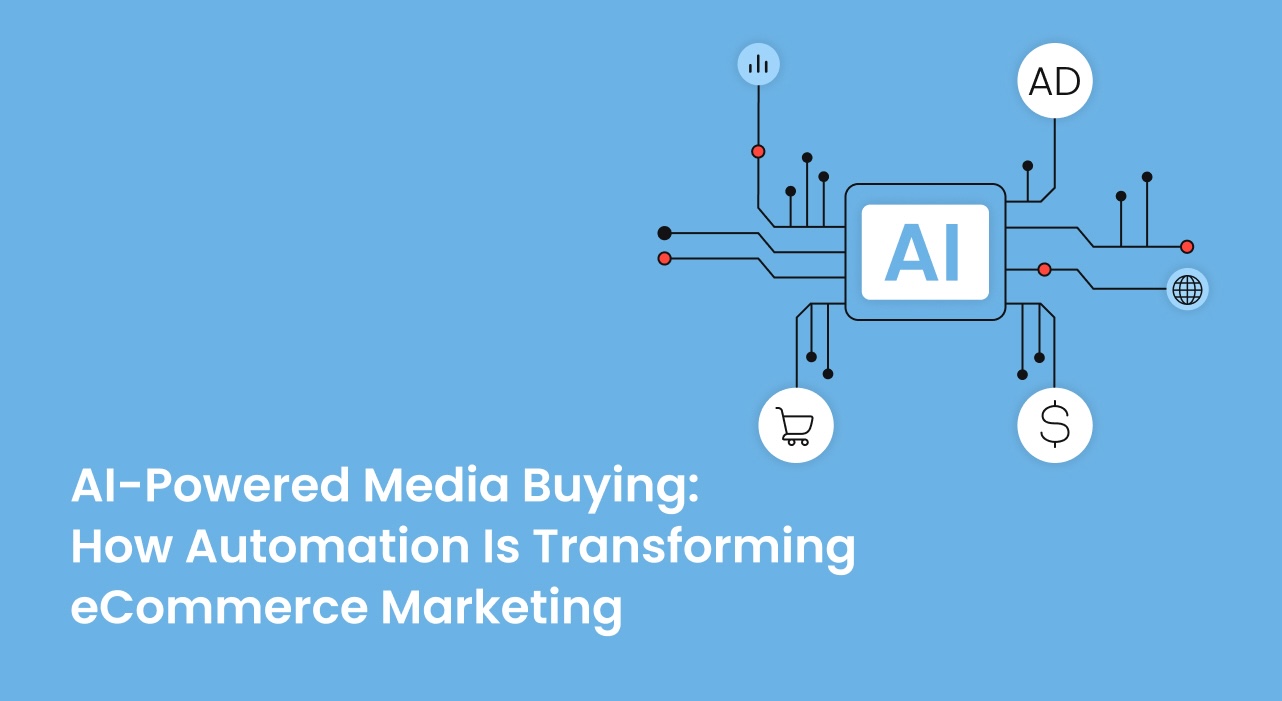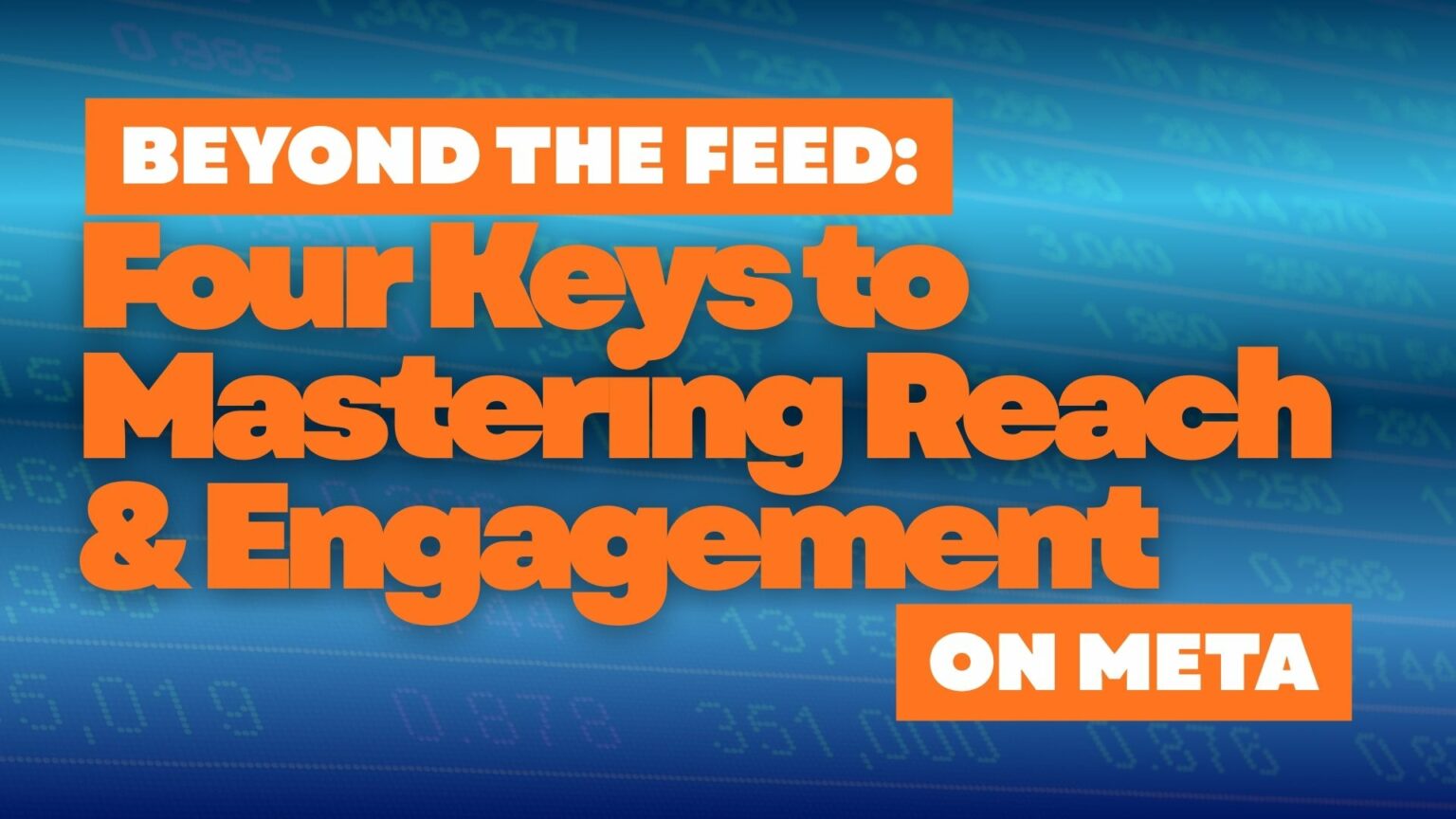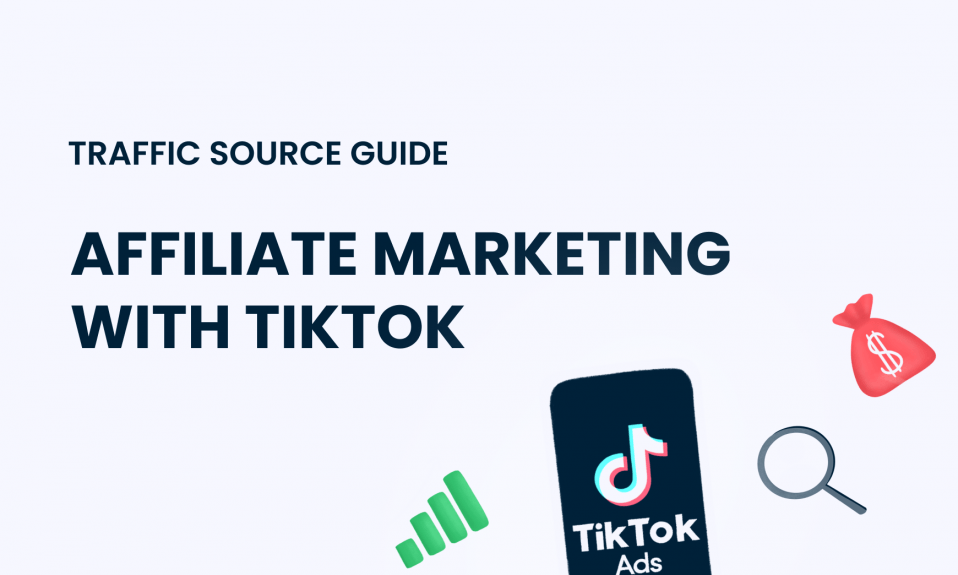
Strategy Before Segmentation: 3 Keys to High-Performance Planning


Marketers love tactics. A/B tests, subject‑line formulas, win‑back flows — these are valuable tools that every marketer should know how to leverage.
But these tactics are levers, not foundations. The foundation is how the brand makes money and why customers come back. From there, the retention strategies reveal themselves.
In simple terms, strategy matters more than tactics.
A retention program will only succeed when its KPIs, messaging, and cadence are explicitly shaped by the brand’s business model, product quality, and customer expectations.
“One‑size‑fits‑all” retention playbooks collapse when you try to apply them to radically different businesses (e.g., $15,000 furniture vs. $30 supplements).
High-performance planning takes three crucial elements into account before applying marketing tactics:
1. Product Reality vs. Brand Promise
Aggressive copy can spike first‑order revenue, but it backfires if the product quality can’t bear scrutiny.
Ensure the flows, segmentation strategies, campaign planning, and third-party retention apps all account for the natural progression of the customer journey and the brand's careful trust-building as the tactics unfold.
2. The Ceiling of Tactical Performance
Dropshipped gadgets have no defensible story assets. There is only so much you can realistically talk about, and only so many times you can recycle the same images, so you will hit a creative ceiling fast.
Conversely, heritage or craft brands leave money on the table if email sequences rely too heavily on DTC “best practices.” They can lean on longer narrative arcs that are inaccessible to disposable goods.
Consumable, repeat-purchase brands with bundles, 10+ SKUs, variants, subscriptions, loyalty and referral programs, and incredible customer support have a much higher ceiling for retention performance than dropshipping brands or high-ticket, one-time purchase brands.
Acknowledging these strategic realities will inform your tactics, enabling you to either maximize product performance in short-term campaigns or build loyalty and retention through a variety of offers.
And remember, the deeper your brand's product ecosystem is, the higher your performance ceiling becomes.
3. KPI Translation Layer
Map each tactic to the right outcome. Understand which tactics translate to the results you're trying to achieve.
For example, in email marketing campaigns, a lift in open or click rates doesn't necessarily correlate with increased sales anymore due to increased user privacy and a lack of transparency in tracking.
Repeat Purchase Rate (RPR), segment list growth, email sign-ups, AOV, LTV, revenue less subscription orders, TTL emails sent per month, etc.
Campaign planning needs to map logically to the brand's intended goals in order to identify and improve specific metrics that will provide value.
Key takeaway: When retention work is rooted in the business model, email becomes an extremely effective driver.
Unlock High-Performance Planning with Data Clarity
To move your agency or brand beyond tactical guesswork, you need tools that provide strategic clarity, and Sendlytics gives you the strategic views you need.
Consolidate all your client data, track Segment Growth over time, and immediately see the high-value KPIs that inform your strategy.
Stop manually pulling reports and start spending more time on the insights that drive real, repeatable business success. See the strategic opportunities Klaviyo misses.
Claim your free Sendlytics demo and start transforming your strategies — and tactics — into tangible results.


